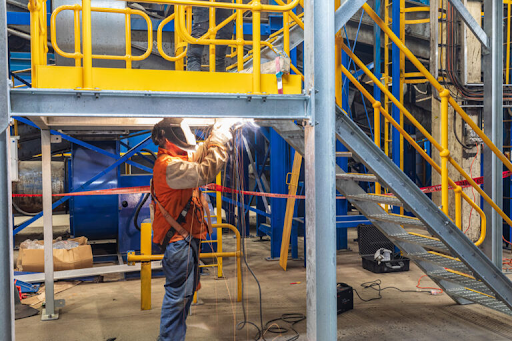Introduction:
Washing machines have become an washing machine repair indispensable part of our daily lives, making laundry chores more convenient and efficient. However, when these trusty appliances malfunction, it can disrupt our routines. Instead of rushing to call a professional repair service, consider arming yourself with some DIY troubleshooting tips. In this comprehensive guide, we will explore common washing machine issues and provide step-by-step solutions to help you diagnose and fix the problems on your own.
- No Power or Won’t Start:
If your washing machine refuses to power up or start, don’t panic. Start by checking the power source. Ensure the machine is plugged in, and the outlet is functional. If there’s still no power, inspect the circuit breaker for a tripped switch. Reset it and try starting the machine again. If the problem persists, the power cord or the machine’s internal wiring might be faulty, requiring professional attention.
- Water Leaks:
Discovering water pooling around your washing machine can be alarming. First, inspect the hoses connecting the machine to the water supply. Tighten any loose connections or replace damaged hoses. If the leaks persist, check the door seal for tears or foreign objects. Clean the seal and ensure it’s properly seated. In some cases, a leaking pump or tub could be the culprit, and you may need to replace these components.
- Excessive Vibration or Noise:
Unusual vibrations or loud noises during the wash cycle can be unsettling. Start by ensuring the machine is level on the floor. Adjust the leveling feet if necessary. Examine the drum for any foreign objects, like coins or small articles of clothing, causing the noise. If the issue persists, it could be a worn-out bearing or faulty shock absorbers, which might need replacement.
- Drainage Issues:
If your washing machine is having trouble draining water, begin by checking for clogs in the drain hose or pump filter. Clear any debris and try running a short cycle again. If the problem persists, there may be a blockage in the pump or a malfunctioning pump itself. Remove the pump and inspect it for blockages, and if necessary, replace the pump.
- Foul Odors:
Unpleasant odors emanating from your washing machine can be a result of trapped moisture, detergent residue, or mildew. Run a hot water cycle with vinegar or a specialized washing machine cleaner to eliminate any buildup. Leave the door ajar between cycles to allow air circulation and prevent mold growth. Additionally, regularly clean the detergent dispenser and rubber door seal.
- Clothes Not Getting Clean:
If your clothes are not coming out as clean as they should, it could be due to a variety of factors. Check for overloading, as cramming too many clothes into the drum can hinder proper cleaning. Use the right amount of detergent and choose the appropriate wash cycle for the load. If the problem persists, the agitator or impeller might be malfunctioning, and these components may need replacement.
- Error Codes on Display:
Modern washing machines often come equipped with error code displays that can help diagnose issues. Consult your machine’s manual to interpret these codes and take appropriate action. Common error codes may indicate problems with sensors, motors, or electronic control boards. In some cases, a simple reset might resolve the issue, but if the error persists, professional assistance may be required.
Conclusion:
By following these troubleshooting tips, you can address many common washing machine issues on your own, saving time and money on professional repairs. Remember to consult your machine’s manual for specific guidance and safety precautions. While DIY repairs can be effective for minor problems, always seek professional help for complex issues or if you are unsure about your capabilities. Regular maintenance, such as cleaning and inspecting your washing machine, can also prevent future problems and extend the life of your appliance. With this comprehensive guide, you can tackle washing machine repairs with confidence and keep your laundry routine running smoothly.








